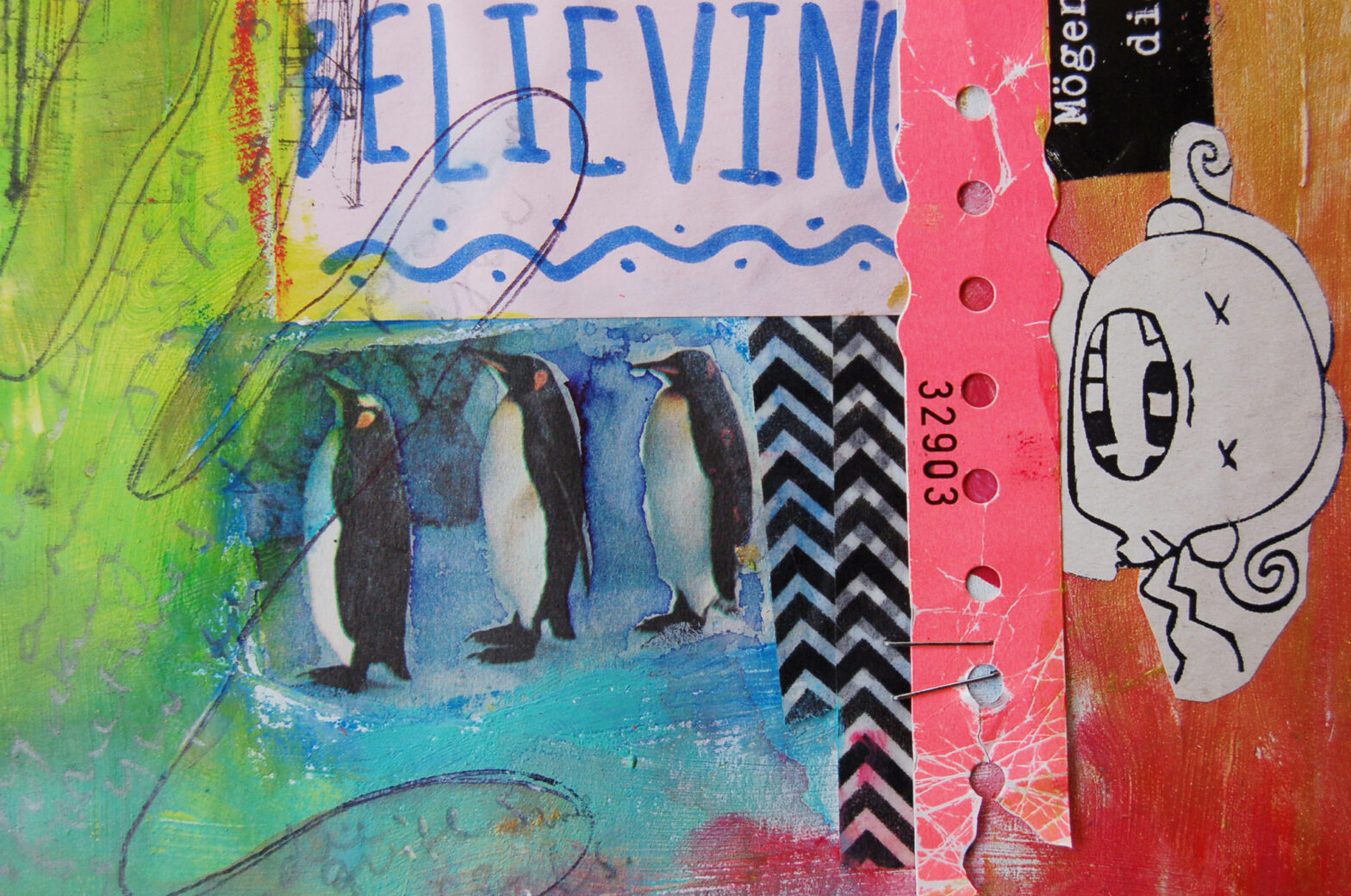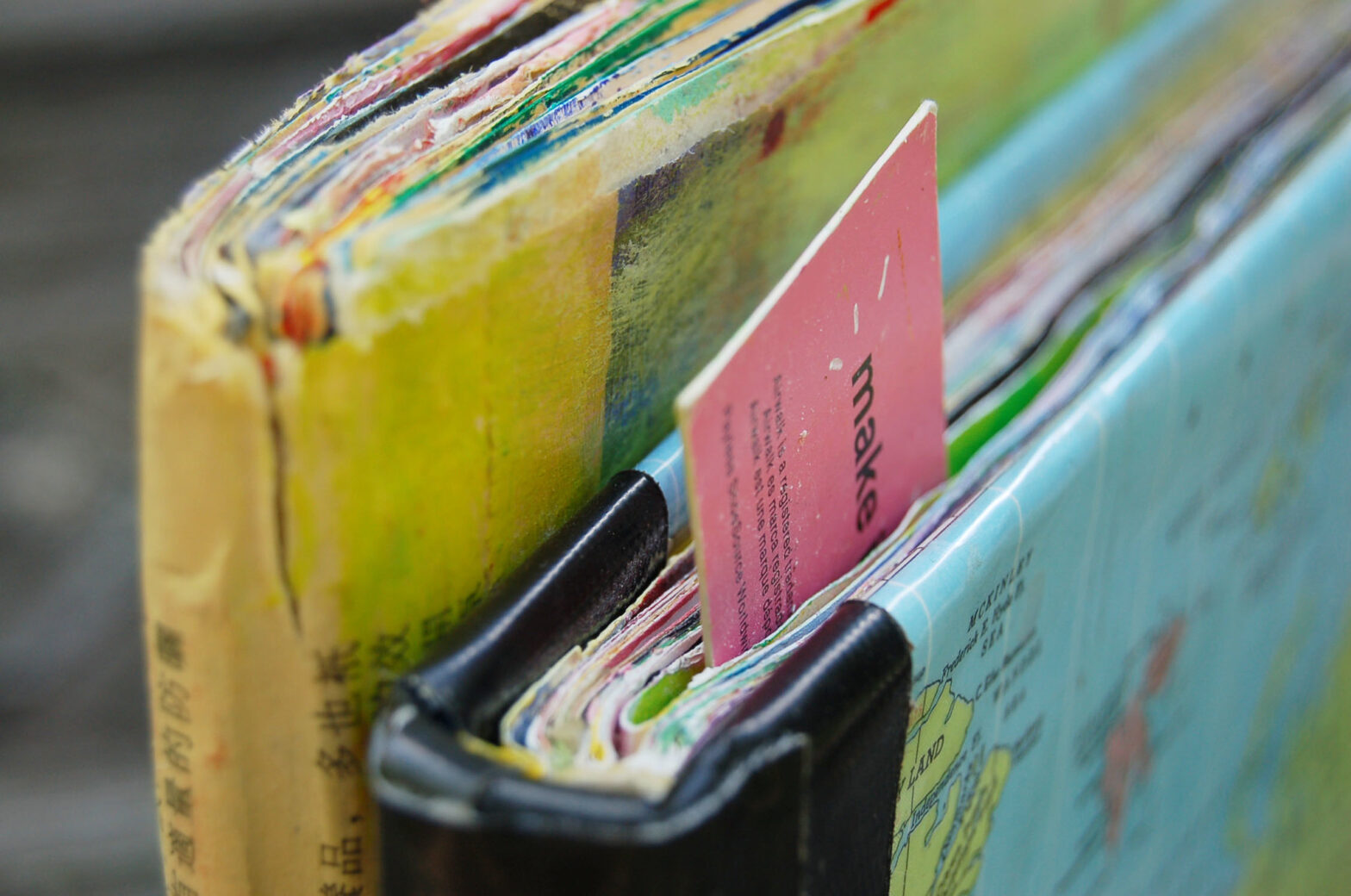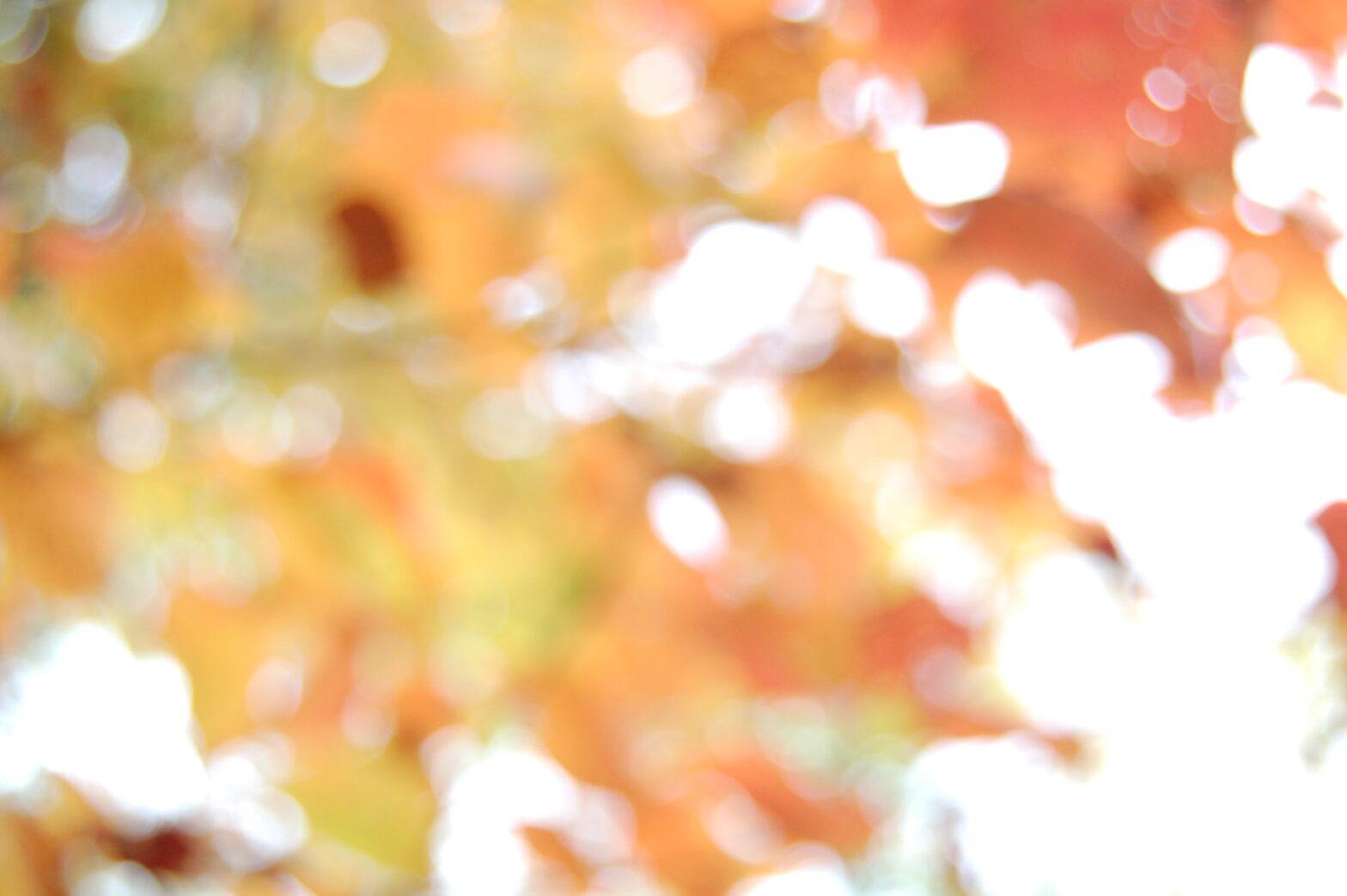This website uses cookies so that we can provide you with the best user experience possible. Cookie information is stored in your browser and performs functions such as recognising you when you return to our website and helping our team to understand which sections of the website you find most interesting and useful.
Author: Ingrid Murray
-

Tabula Rasa
•
A domain in my own name, and a whole bunch of blank pages to fill. Done is better than perfect. Let’s do this.
-

How to Use Structure to Inspire Creativity
•
I wonder about the relationship between structure and creativity, right-brain and left-brain thinking, and the spontaneity of creation and the reliability of planning.
-

8 Myths about Art Journaling
•
One of the most wonderful things about art journaling – and one of the hardest to become comfortable with – is that there is no wrong way to do it.
-

Wonderful, Silly, Amazing Life
•
The tiny details in our lives often become the main focus; it’s so easy to forget how enormous the Universe is and how beautiful the world is.
-

Truest Truth
•
We all have been in the midst of difficult situations – every last one of us. We are human, after all, and life is made of challenges to be overcome.

